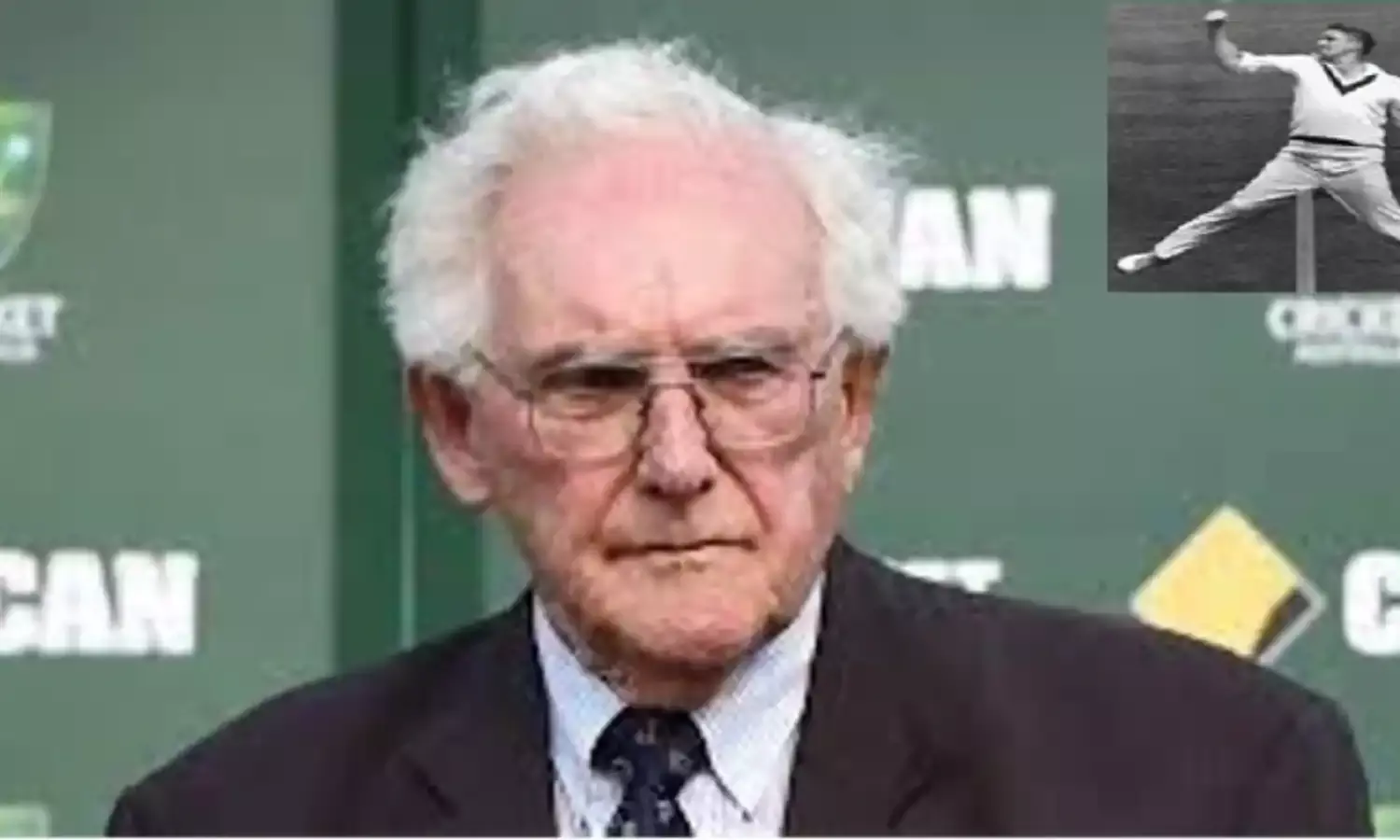Davidson and Akram - Two Of A Kind
Davidson and Akram - Two Of A Kind

Till Wasim Akram made his presence felt in unmistakable terms in the 80s and 90s Alan Davidson who passed away on Saturday was freely acknowledged as the best left arm pace bowler of all time.
At the moment then the two stand together as the finest purveyors of the art and craft of left arm fast bowling which has bothered the best of batsmen over the years.
To the younger generation of cricket fans it might be difficult to accept Davidson as Akram’s equal familiar as they are with the latter’s skill and control over pace and swing. But to older cricket followers who have been around long enough to enjoy the bowling of both it would be impossible to put one ahead of the other.
Suffice to say that cricket has been fortunate to have two such bowlers to grace the game in two different eras.
Davidson’s Test career lasted a decade (1953 to 1963) but it was in the 1957 to 1963 phase that he was regarded as one of the world’s finest players and certainly the finest exponent of left arm swing bowling. When Akram retired he was hailed as the greatest left arm paceman of all time.
Certainly it is difficult to argue against his figures – 414 wickets from 104 Tests at an average of 23.62 allied to 2898 runs at an average of 22.64. But Davidson in the comparatively lesser opportunities also has the stats to back him up. In 44 Tests he bagged 186 wickets at 20.53 apiece while also scoring 1328 runs at an average of 24.59. Davidson completed the double in his 34th Test while Akram took 45 Tests for his double.
Really there is nothing much to choose between the figures and for me personally I would not even try to attempt to pick the greater cricketer between Davidson and Akram. As bowlers and all rounders the record is very similar for besides being masters of pace and swing they were also attacking left-handed batsmen who propped up the middle order with timely knocks.
The most astonishing stat associated with Davidson is that 170 of his wickets were taken in the last 32 Tests. When he came on the scene Ray Lindwall and Keith Miller handled the new ball and Davidson was used for a few overs or as a change bowler. In his first 12 Tests he had 16 wickets.
It was only after the break-up of the Lindwall-Miller pairing that Davidson was given the new ball. He straightaway established himself as the Aussie spearhead by taking 25 wickets in South Africa in 1957-58 and from then on he was among the most feared bowlers in the world as 24 wickets against England in 1958-59, 33 against West Indies two years later and 47 in his last two contests against England in 1961 and 1962-63 will testify.
The generation of older cricket followers in India will undoubtedly have vivid memories of Davidson. He came to this country first with Ian Johnson’s team in 1956-57 and again with Richie Benaud’s side three years later.
He did little of note the first time around playing only in the second Test at Bombay scoring 16 and picking up just one wicket. In 1959-60 however he was a very different proposition. By now he was the most skilful new ball bowler around and in five Tests he finished with 29 wickets. His pace and swing had all the leading batsmen in trouble. Pankaj Roy was out to him five times in ten innings and Polly Umrigar three times in five innings.
At Kanpur he was verily Australia’s answer to Jasu Patel. The veteran Indian off spinner bowled the home team to a famous victory with a bag of 14 for 124 but Davidson realizing that the Green park pitch had little in it for fast bowlers cut down on his pace and yet underlined his versatility by taking 12 wickets for 124. He capped a memorable tour for him by taking his 100th wicket in the fourth Test at Madras.
A bowler with a model action, Davidson played his last Test against England in Sydney in February 1963 picking up his 186th and last wicket with his final delivery. He is only one of four all rounders to have scored 100 runs and taken 10 wickets in a Test the others being Ian Botham, Imran Khan and Shakib al Hasan.
He performed this feat in the Brisbane Tied Test in December 1960 when even among many great feats he stood out. As a fieldsman he picked up some astounding catches in close in positions and not for nothing was he known as ''The Claw.’’
Post retirement Davidson went into administration and was for many years president of the New South Wales Cricket Association. He was awarded an OBE for his services to sport. An amusing raconteur who started out as a bank clerk but went on to hold key posts including the director of the Rothmans National Sports Foundation Davidson will be remembered above all as a great team man who rendered yeomen service to Australian cricket and lifted the side who were in the doldrums in the mid fifties into the leading team in the world.



